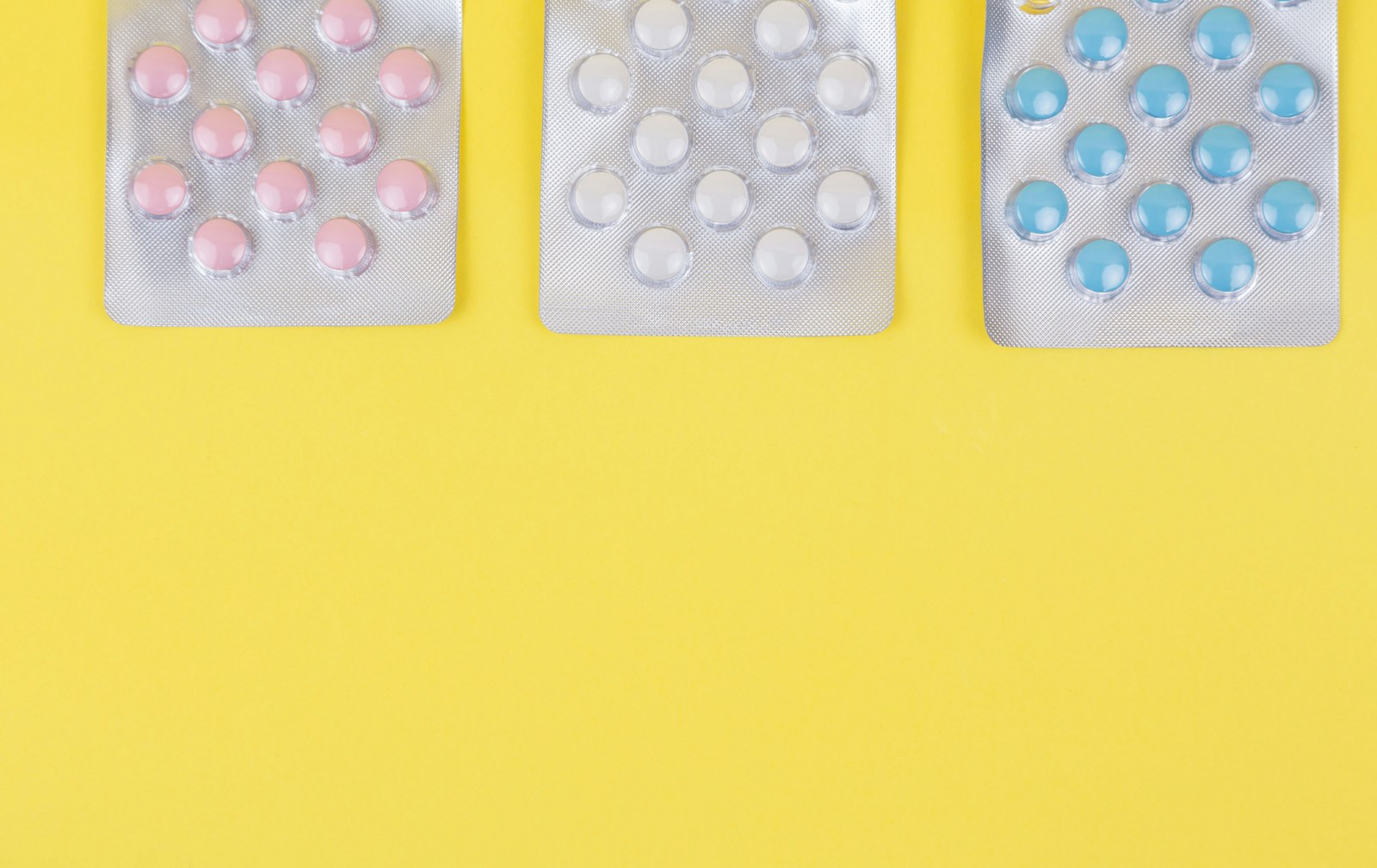Whilst for some, symptoms simply include feeling bloated or more tearful than usual, for others PMS can be a lot more debilitating. So what’s going on with our hormones during this time?
Symptoms of PMS vary and affect each person differently. They will always occur in the last two weeks of the menstrual cycle between day 14 and day 28 (the luteal phase).
These days will vary depending on how long your cycle is. You can read more about this in our period resource.
PMS symptoms can be physical, psychological or behavioral. Whilst you may never be able to get rid of your symptoms entirely, there are lots of ways to improve PMS symptoms. This includes changing your diet, reducing your caffeine and alcohol intake, addressing your stress levels, using particular supplements, or even trying medications like birth control pills or antidepressants. Some people find cognitive behavioral therapy (CBT) really helpful in allowing them to feel more in control when PMS is at it’s worst.
If you find PMS is stopping you from living your life normally, you might have a condition called premenstrual dysphoric disorder (PMDD). People with PMDD experience PMS symptoms in a severe way. This is particularly the case when it comes to the mental and emotional symptoms. If you think you have PMDD, speak to your healthcare provider about how to get support. You should keep a record of your symptoms and record how symptoms change during the month. Track your symptoms for a few months and bring any notes to an appointment with your doctor. They will be able to use this to assess whether you may have PMDD.





